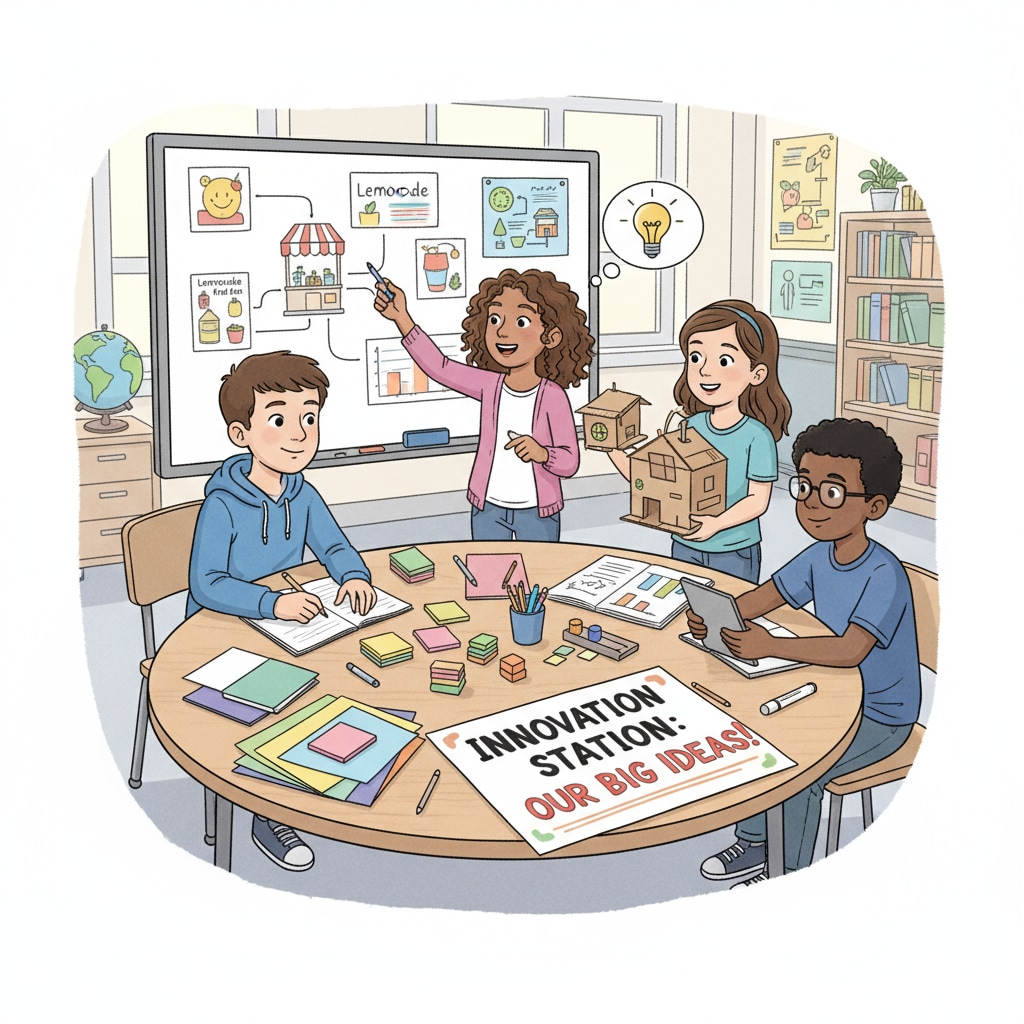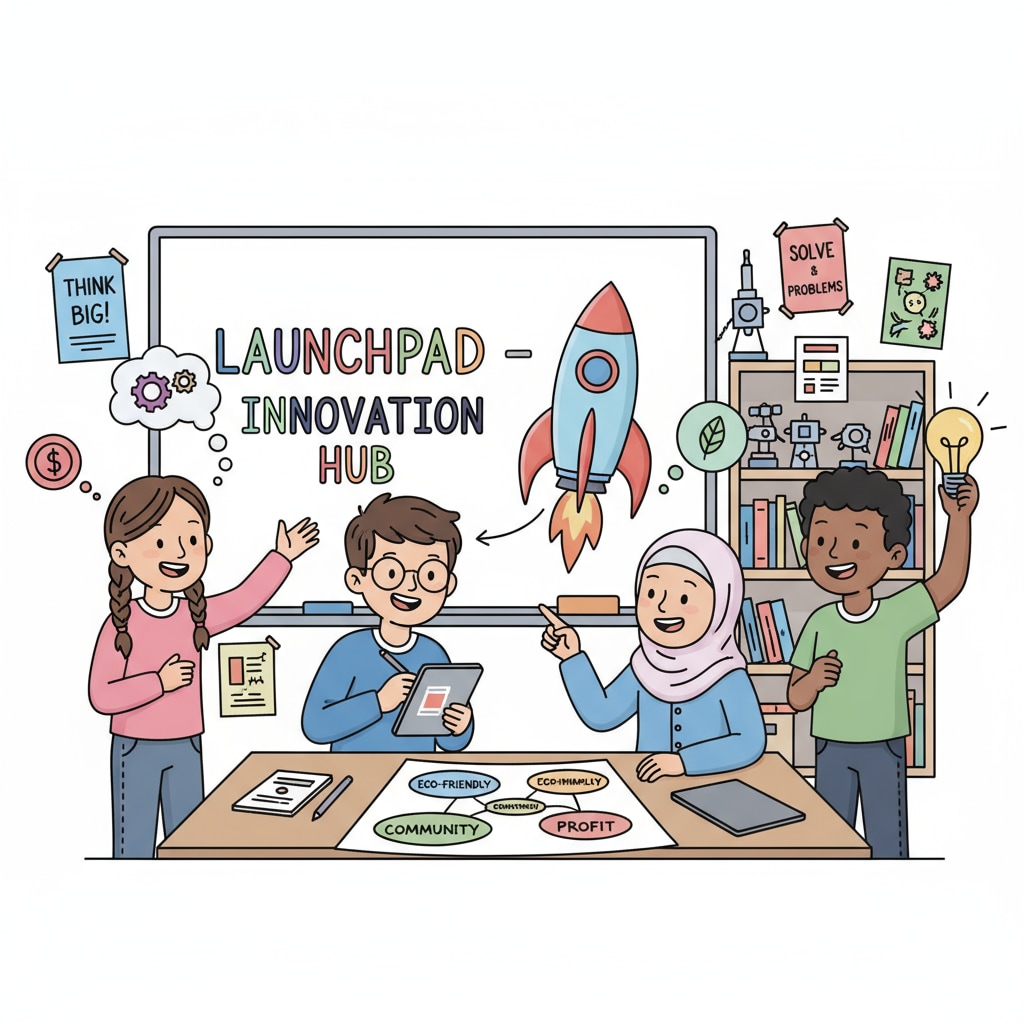Entrepreneurial education, practical learning, and K-12 curriculum are crucial elements in shaping the next generation of innovative thinkers. Traditional entrepreneurial education often fails to achieve its intended goals, remaining merely on the surface. In this article, we will explore how to cultivate genuine entrepreneurial mindsets among students during the K12 educational stage through practical learning models, presenting a comprehensive reform path from curriculum design to teaching methods.

The Flaws of Traditional Entrepreneurial Education
Traditional entrepreneurial education in K12 schools typically involves theoretical lectures, case studies, and perhaps some simulated business games. However, these methods often lack real-world application. For example, students may learn about business models and marketing strategies in theory but have no opportunity to implement them in a practical setting. As a result, they fail to develop the critical thinking, problem-solving, and risk-taking abilities that are essential for true entrepreneurship. According to Britannica, this theoretical approach may leave students ill-prepared for the challenges of the business world.
The Power of Practical Learning in K12
Practical learning in the context of K12 entrepreneurial education offers a wealth of benefits. When students are engaged in hands-on projects, they gain a deeper understanding of the entrepreneurial process. For instance, setting up a small business within the school environment allows them to experience every aspect, from idea generation to product development, marketing, and customer service. This hands-on experience helps students develop practical skills and also nurtures their creativity and resilience. As Wikipedia states, practical learning promotes active engagement and better knowledge retention.

Curriculum Design for Practical Entrepreneurial Education
The curriculum is the foundation of any educational initiative. For practical entrepreneurial education in K12, it should be designed to integrate real-world projects. This could include starting a school-based business, such as a coffee shop run by students or an online store selling handmade products. The curriculum should also incorporate elements of financial literacy, market research, and teamwork. By doing so, students will not only learn about entrepreneurship but also develop essential life skills.
Effective Teaching Methods for Entrepreneurial Thinking
In addition to curriculum design, teaching methods play a vital role. Instead of traditional teacher-centered approaches, K12 educators should adopt student-centered methods. For example, project-based learning encourages students to take the lead in their learning process. Mentorship programs can also be implemented, where local entrepreneurs guide students through their projects. This interaction with real entrepreneurs provides students with valuable insights and inspiration.
In conclusion, cultivating practical entrepreneurial thinking in K12 schools requires a comprehensive approach that encompasses curriculum design and teaching methods. By moving away from traditional, theoretical approaches and embracing practical learning, we can prepare students for the challenges and opportunities of the future. This innovation in education has the potential to revolutionize the way we educate the next generation of entrepreneurs.
Readability guidance: We have used short paragraphs and lists to summarize key points. Each H2 section has a clear focus, and we have controlled the proportion of passive voice and long sentences. Transition words have been evenly distributed throughout the article to enhance readability.


